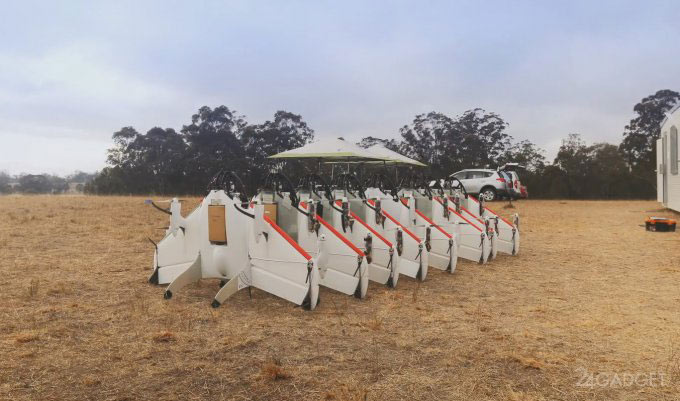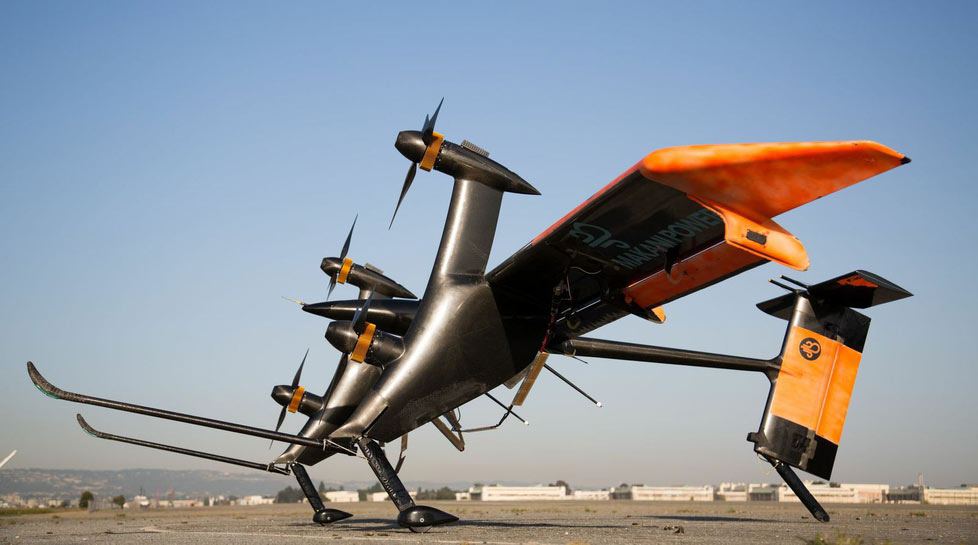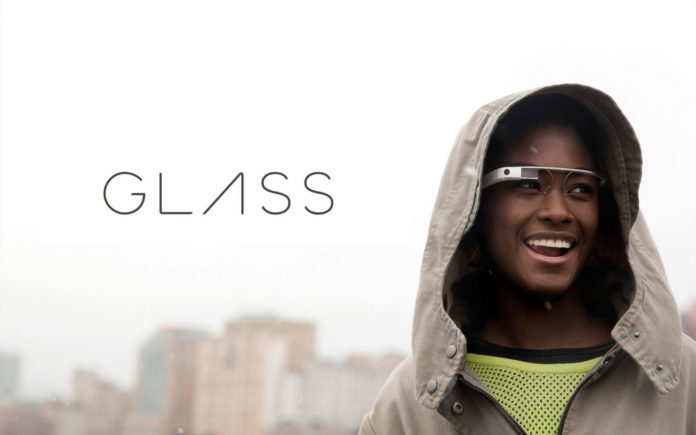For 5 years of its existence, the semi-secret Google X research lab has not released any mass products onto the market. However, over the years, developers have discussed no less than 500 fantastical ideas, moonshots, and started working on about 40 of them. Though most of the Google X projects under development are kept secret, the Corporation has introduced some of them to the world. Geniusgadget.com, referring to Business Insider, suggests having a look at the most amazing Google developments, which are to change the life of mankind.
Driverless Car Program
 The first license to operate a driverless car was issued in 2011 in the US state of Nevada. The first prototype of a driverless car was presented in May last year. It turned out to be a tiny car with no steering wheel, pedals or gear box.
The first license to operate a driverless car was issued in 2011 in the US state of Nevada. The first prototype of a driverless car was presented in May last year. It turned out to be a tiny car with no steering wheel, pedals or gear box.
The car is operated by a robot. It can only drive in good weather, as the system works through satellite navigation and is guided by photos from Google Street View. The distance to the object is determined by special sensors and radars located on the front and rear of the vehicle.
In 2009, when Driverless Car Program just started, Google developers claimed they were going to create the safest car in the world, which completely eliminates accidents due to the human factor.
Google Glass smart eyewear

This project is considered to be one of the corporation’s least successful developments and not without a reason. Google Glass allowed to take pictures, shoot videos, use social networks and operate a variety of programs. The possibility of video shooting via the smart glasses provoked a mixed public reaction. After all, the camera built into the glasses is able to do hidden shooting.
In January 2015, the project was frozen. The head researcher Astro Teller said that Google Glass became a victim of too much attention.
Contact lenses monitoring body

“Smart” contact lenses have been developed by Google in collaboration with experts from the Novartis pharmaceutical company (Switzerland). This device is a conventional contact lens with a built-in chip allowing to control blood sugar (by tear analysis). The prototype contact lens was introduced by Google in January 2014. The device is mainly intended for diabetes patients.
Liftware Spoon

Liftware Spoon is another promising Google gadget. The tremor-canceling product is aimed for people with neurodegenerative diseases (eg Parkinson’s disease). In fact, Liftware project was born within Lift Labs, acquired by Google in 2014 and took up by the corporation’s biomedical department. Lift Labs offers the smart spoon on its website for $295.
Google Project Wing

Several years ago, the Google Project Wing team set a goal to create a drone service delivery. The main objective was to “teach” drones take off and land vertically.
However, Google engineers have not yet succeeded in developing the technology of vertical takeoff and landing. In addition, the device cannot be used in strong winds (it becomes uncontrollable). According to the Google X head researcher Astro Teller, the developers are working on a new design now.
Makani Power Wind Power
 Initially, it was a small startup, Makani Power, that was engaged in the development of airborne wind power systems. According to its founders, wind turbines were to replace diesel and other generators and to become an affordable source of energy for remote places.
Initially, it was a small startup, Makani Power, that was engaged in the development of airborne wind power systems. According to its founders, wind turbines were to replace diesel and other generators and to become an affordable source of energy for remote places.
In 2007 Google got interested in the startup and provided its founders with a grant of $15 million. Today, one of the latest prototype of airborne wind power extraction systems is being tested with the support of the US Department of Energy. Manufacturers assume that that the first samples can appear on sale later this year.
Loon

Another ambitious Google X project, yet without a practical application, introduced in 2013, is called Loon. Its main objective is to provide all the Earth’s inhabitants with the Internet. As a tool to solve this problem, the developers chose balloons, which, in their opinion, are able to provide Internet access, even where geographical features of the area make it impossible to establish wireless connection.
Despite the company’s plans to create the technology keeping a balloon in the air for a long time, the project is still under development and testing. If Project Loon is realized, the next step will be the creation of a worldwide balloon network providing the Internet.
How Google X selects projects for further development
Before ending up in a research lab any idea has to go through the so-called “sieve of criticism.”
- Firstly, according to the lab’s regulations, the project will not be taken up unless it is capable of solving a very important problem concerning the vast majority of the Earth inhabitants.
- Second, its creation should be based on the currently existing technologies or those that will be available in the near future.
- Finally, the project has to be unique.







